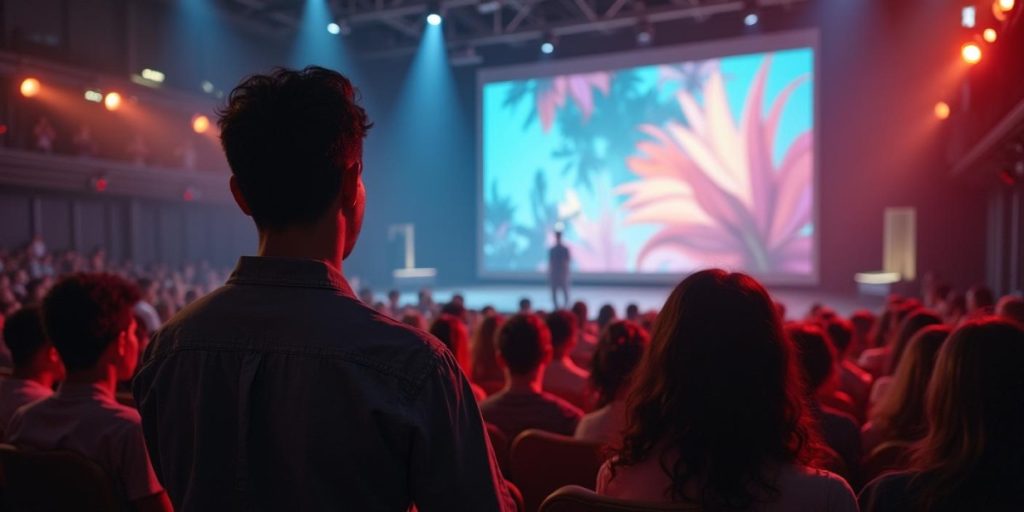Cultural festivals around the world serve as vibrant celebrations that unite people from diverse backgrounds, showcasing the rich tapestry of human experience. These events not only highlight unique traditions and customs but also foster a sense of community and belonging. From the colorful parades of Rio Carnival to the serene lantern festivals in Asia, each celebration offers a glimpse into the heart of its culture, inviting participants to engage in shared joy and understanding.
In this article, we will take you on a journey through some of the most captivating cultural festivals across the globe. You will learn about the historical significance of these events, the rituals that define them, and the ways in which they promote cultural exchange. Whether you are a seasoned traveler or simply curious about the world’s diverse cultures, this exploration will inspire you to appreciate the beauty of human connection through celebration.
As we delve deeper, you will discover how these festivals not only entertain but also educate, offering insights into the values and beliefs of different communities. We will highlight the role of music, dance, and art in these gatherings, illustrating how they serve as powerful tools for storytelling and cultural preservation. So, join us as we celebrate the spirit of togetherness and the joy of cultural diversity—read on to uncover the magic of festivals that truly bring people together!
The Significance of Cultural Festivals
Cultural festivals play a crucial role in preserving and promoting the heritage of communities around the world. These celebrations often reflect the history, traditions, and values of a society, allowing individuals to connect with their roots. By participating in these events, people can experience the richness of their culture and share it with others, fostering a sense of belonging and pride.
Moreover, cultural festivals serve as a platform for intercultural dialogue. They bring together diverse groups, encouraging understanding and appreciation of different customs and practices. This exchange not only enriches the participants but also strengthens social bonds, making cultural festivals a vital aspect of community life.
Iconic Festivals That Attract Global Attention
Some cultural festivals have gained international fame, drawing visitors from all corners of the globe. Events like the Rio Carnival in Brazil, Diwali in India, and Oktoberfest in Germany showcase the vibrancy of their respective cultures. These festivals are characterized by colorful parades, traditional music, and delicious cuisine, creating an immersive experience for attendees.
For instance, the Rio Carnival is renowned for its samba parades, where elaborate floats and costumes captivate audiences. Similarly, Diwali, the Festival of Lights, symbolizes the victory of light over darkness and is celebrated with fireworks, sweets, and family gatherings. Such iconic festivals not only highlight cultural uniqueness but also contribute significantly to local economies through tourism.
The Role of Food in Cultural Celebrations
Food is an integral part of cultural festivals, often serving as a medium for storytelling and tradition. Each festival features unique dishes that reflect the local ingredients and culinary practices. For example, during the Lunar New Year, families prepare dumplings and rice cakes, symbolizing prosperity and good fortune.
Additionally, food festivals, such as the Taste of Chicago or the Melbourne Food and Wine Festival, celebrate regional cuisines and promote local chefs. These events not only provide a platform for culinary innovation but also encourage community engagement, as people come together to share their love for food and culture.
Festivals as a Means of Social Change
Cultural festivals can also serve as a catalyst for social change. Many events focus on raising awareness about important issues, such as environmental sustainability, human rights, and cultural preservation. For instance, the Edinburgh Festival Fringe promotes artistic expression while addressing social justice themes through performances and discussions.
By highlighting these issues, festivals can inspire action and foster a sense of responsibility among participants. They create a space for dialogue and reflection, encouraging individuals to consider their role in society and the impact of their actions on the world around them.
The Future of Cultural Festivals in a Globalized World
As globalization continues to shape our world, cultural festivals are evolving to reflect contemporary issues and trends. Many festivals are now incorporating technology, such as virtual reality experiences and live streaming, to reach a broader audience. This adaptation allows people who cannot attend in person to participate and engage with the festivities.
Furthermore, the blending of cultures is becoming increasingly common, leading to hybrid festivals that celebrate multiple traditions. This fusion not only enriches the festival experience but also promotes inclusivity and understanding among diverse communities. As we look to the future, cultural festivals will likely continue to adapt, ensuring their relevance in an ever-changing world.
Cultural festivals are vibrant celebrations that showcase the traditions, art, and heritage of different communities. These events bring people together, fostering unity and understanding among diverse cultures. Below is a summary of some notable cultural festivals from around the globe.
| Festival Name | Location | Date | Description |
|---|---|---|---|
| Diwali | India | October/November | Known as the Festival of Lights, Diwali celebrates the victory of light over darkness and good over evil, featuring fireworks, sweets, and family gatherings. |
| Oktoberfest | Germany | September/October | A world-famous beer festival held in Munich, Oktoberfest features traditional German food, music, and, of course, a wide variety of beers. |
| Chinese New Year | China | January/February | This festival marks the beginning of the lunar new year, celebrated with dragon dances, fireworks, and family reunions. |
| Rio Carnival | Brazil | February/March | One of the largest carnivals in the world, featuring samba parades, vibrant costumes, and street parties that attract millions of visitors. |
| Holi | India | March | Known as the Festival of Colors, Holi celebrates the arrival of spring with vibrant powders, water fights, and joyous gatherings. |
| La Tomatina | Spain | Last Wednesday of August | A fun and messy festival where participants throw tomatoes at each other in the town of Buñol, celebrating the joy of community. |
| Thanksgiving | United States | Fourth Thursday in November | A harvest festival where families gather to give thanks, featuring a traditional meal of turkey, stuffing, and pumpkin pie. |
These festivals not only highlight the unique cultural practices of different regions but also promote social cohesion and mutual respect among people from various backgrounds. Participating in these celebrations can provide a deeper understanding of the world’s rich cultural tapestry.



